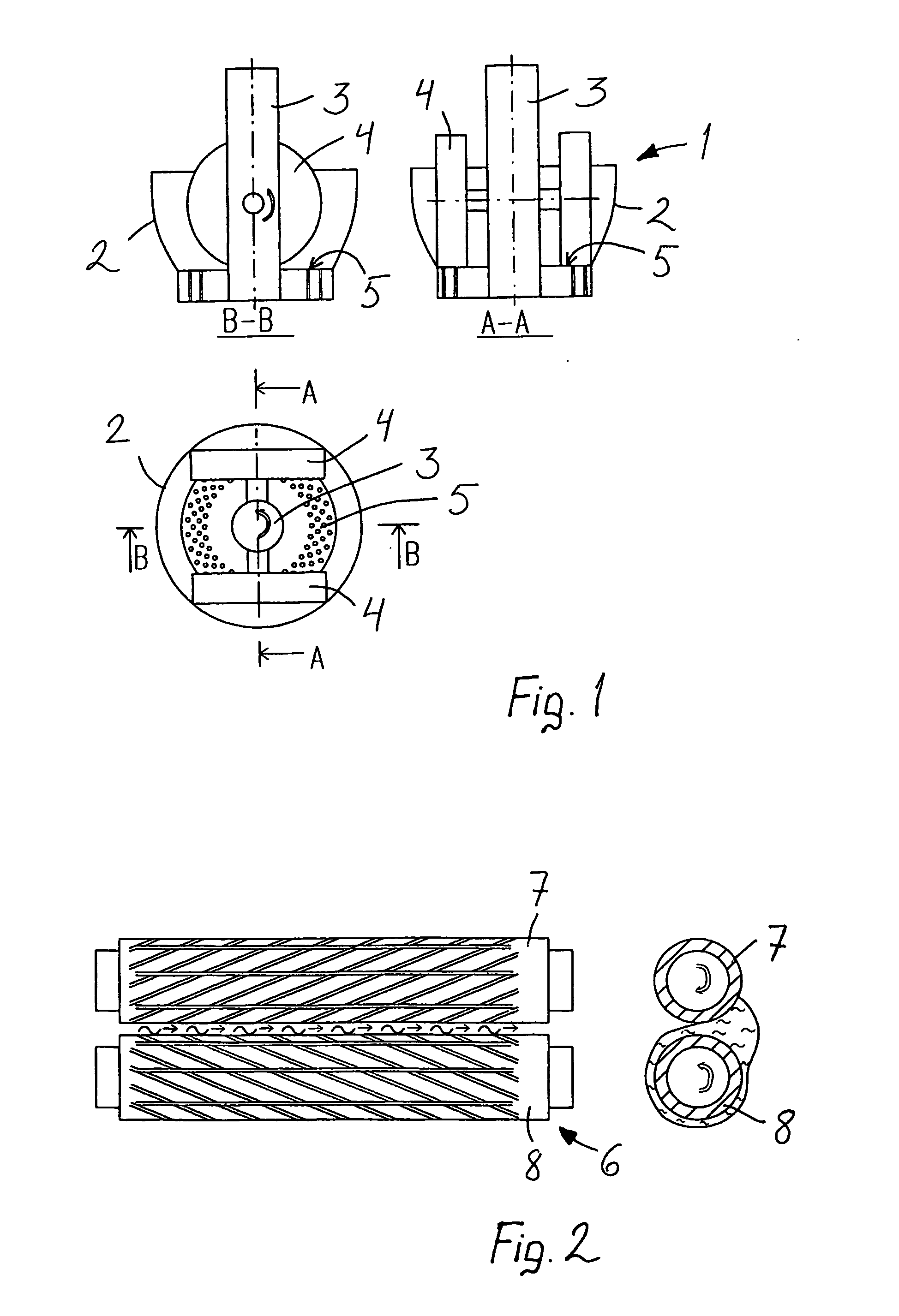Method for manufacturing cellulose carbamate
- Summary
- Abstract
- Description
- Claims
- Application Information
AI Technical Summary
Benefits of technology
Problems solved by technology
Method used
Image
Examples
examples 2 to 5
[0040] In Examples 1 to 7, three different pulp types were used with various NaOH quantities and urea contents. The mechanical working was carried out by means of a sieve plate press with several runs through.
[0041] The dosage of chemicals is carried out in a fluidized bed type mixer in such a way that during the dosage, the pulp is moving all the time and the chemicals are added in atomized form to achieve as high a homogeneity as possible. Both of the chemicals (alkalizing agent and urea) are dozed separately one after the other. The urea is dosed in an aqueous solution in such a way that the total moisture content remains as shown in the table. NaOH is dosed in an aqueous solution. The cellulose is finely ground wood pulp.
[0042] The sieve plate working is carried out with a continuously operating sieve plate device, in which the feeding is performed by a double-screw feeder. The feed rate is selected so that no material will be accumulated in front, on top or on the sides of th...
PUM
| Property | Measurement | Unit |
|---|---|---|
| Grain size | aaaaa | aaaaa |
| Grain size | aaaaa | aaaaa |
| Grain size | aaaaa | aaaaa |
Abstract
Description
Claims
Application Information
 Login to View More
Login to View More - R&D
- Intellectual Property
- Life Sciences
- Materials
- Tech Scout
- Unparalleled Data Quality
- Higher Quality Content
- 60% Fewer Hallucinations
Browse by: Latest US Patents, China's latest patents, Technical Efficacy Thesaurus, Application Domain, Technology Topic, Popular Technical Reports.
© 2025 PatSnap. All rights reserved.Legal|Privacy policy|Modern Slavery Act Transparency Statement|Sitemap|About US| Contact US: help@patsnap.com

